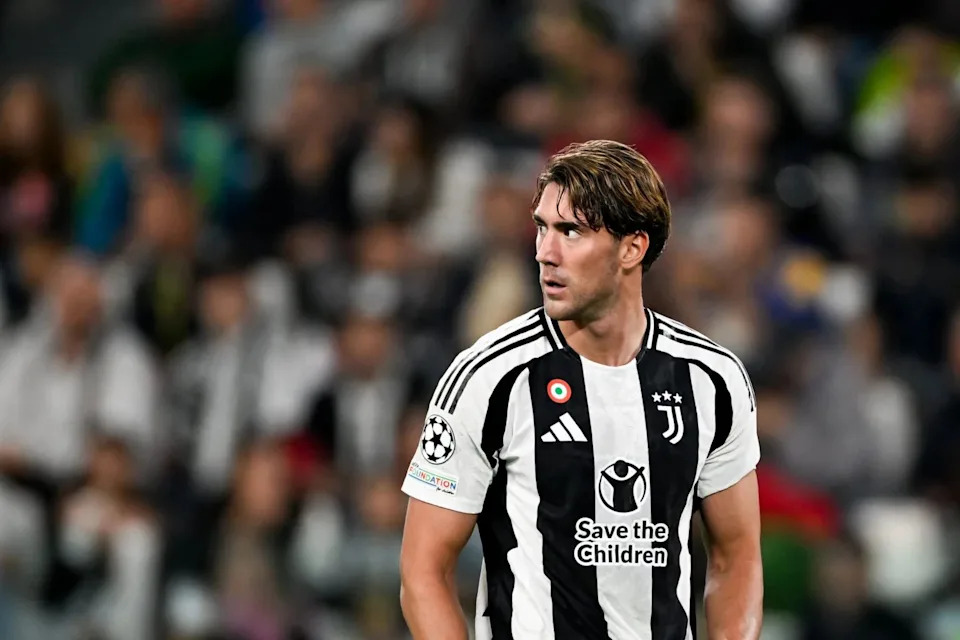The summer transfer window often conjures images of rapid player movements and dramatic last-minute deals. However, for Juventus and their prolific striker Dusan Vlahovic, the current landscape appears to be settling into an unexpected and rather complex calm: a «very high risk» that Vlahovic might, in fact, remain in Turin.
This isn`t the kind of risk a club typically celebrates. For Juventus, retaining a player they had seemingly earmarked for transfer to bolster their financial standing presents a significant dilemma. The club is grappling with the substantial implications of Vlahovic`s salary and his still-amortized transfer fee weighing heavily on their balance sheet. In an era where Financial Fair Play regulations cast a long shadow, offloading high-value assets is often a strategic imperative, not merely a preference.
The Shifting Sands of the Striker Market
The primary reason for this peculiar predicament lies in the fluid, often unpredictable, dynamics of the European transfer market. The «big clubs» of Europe, those perennial shoppers for elite attacking talent, appear to have largely concluded their major striker acquisitions for the summer, or have shifted their focus.
A prime example is Manchester United. Once considered a potential suitor for Vlahovic, the English giants recently secured the services of Benjamin Sesko. This move effectively removes one prominent competitor from the theoretical race for Vlahovic, narrowing the field of potential buyers considerably. Similarly, other top clubs, like AC Milan, have been linked with different targets, such as Rasmus Hojlund, further complicating Juventus`s efforts to find a suitable destination for their Serbian forward.
A Question of Valuation and Strategy
It`s an intriguing paradox: a striker of Dusan Vlahovic`s undeniable talent, with a proven goal-scoring record in one of Europe`s top leagues, finds himself in a situation where major clubs are either pursuing alternatives or are seemingly unwilling to meet Juventus`s valuation. This isn`t necessarily a commentary on Vlahovic`s ability, but rather a reflection of the evolving financial prudence among top-tier clubs and the current market`s perception of «value for money.» Clubs are increasingly looking for younger, more cost-effective options, or those with different stylistic profiles, rather than engaging in bidding wars for already established, high-price assets.
Juventus`s Unintended Retention
For Juventus, Vlahovic`s potential retention forces a strategic recalibration. Will his continued presence impact their ability to pursue other transfer targets, particularly those that require significant outlay? How will they manage his substantial wages within their overall financial framework? The decision to keep a player who was likely viewed as a key piece in their summer transfer strategy, designed to generate capital, is a testament to the unforeseen turns of the market.
Ultimately, the «high risk» of Dusan Vlahovic remaining at Juventus is less about his on-field performance and more about the intricate financial chessboard of modern football. It`s a reminder that even the most anticipated transfers can falter, leaving clubs to navigate a complex path where strategy meets economic reality. As the transfer window progresses, all eyes will be on Juventus to see how they adapt to this unexpected, yet significant, development.

